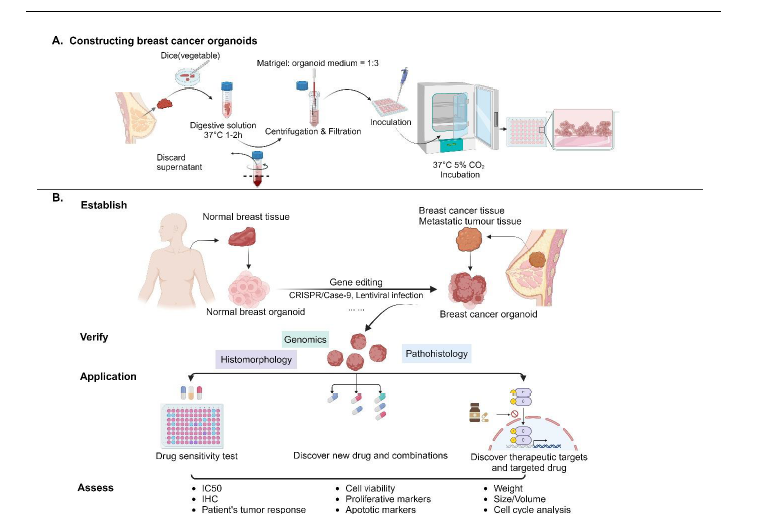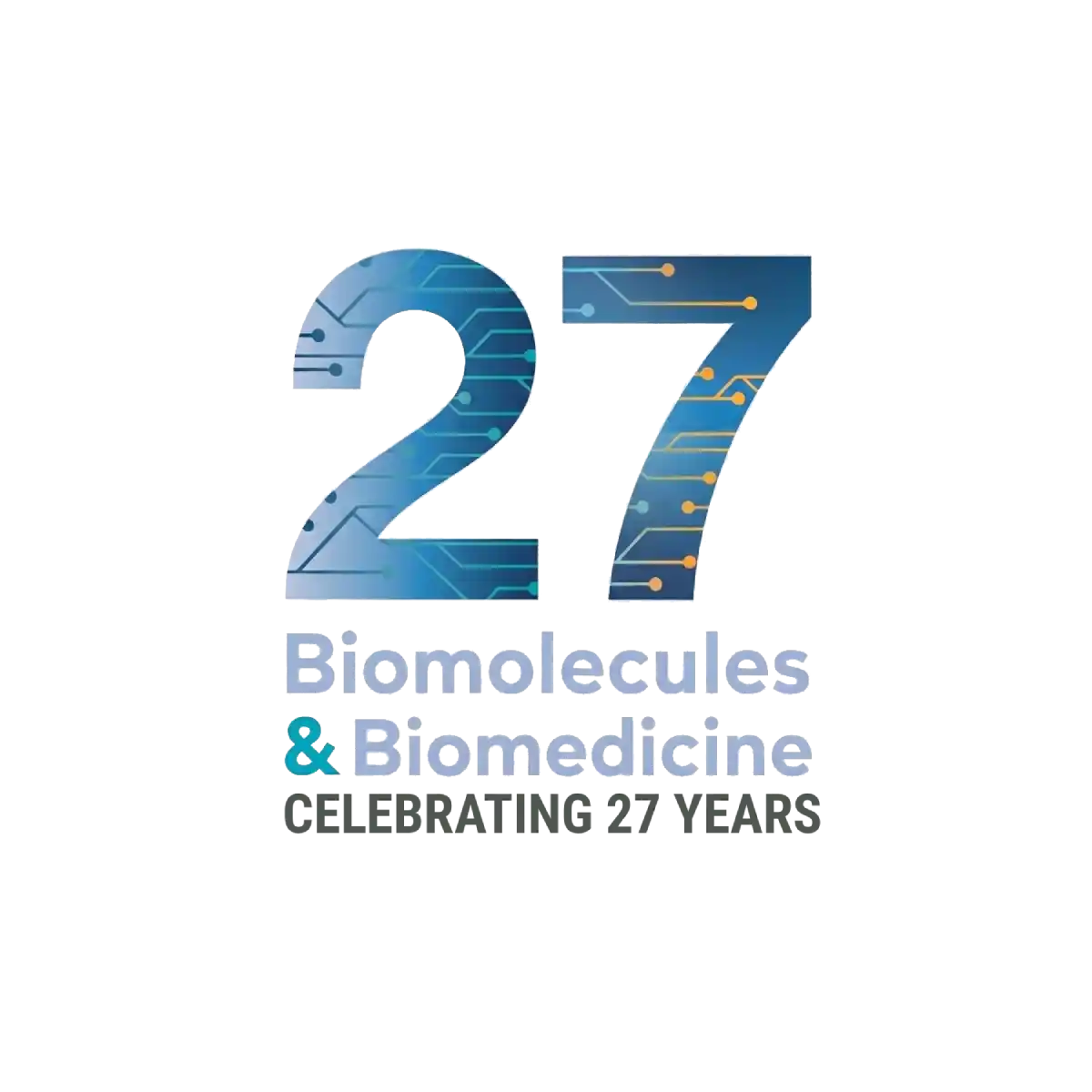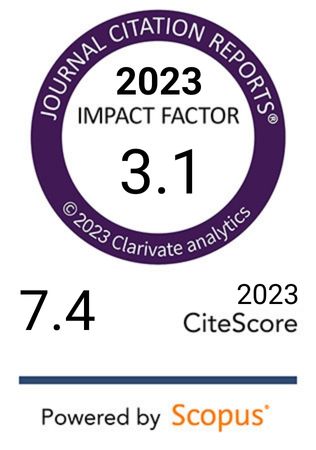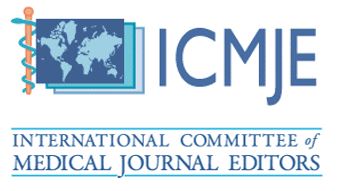Research progress and application status of organoid in breast cancer subtypes
DOI:
https://doi.org/10.17305/bb.2024.11450Keywords:
Organoid, breast cancer, BC, molecular subtypes, resistance mechanisms, therapeutic targets, personalized treatmentAbstract
Breast cancer (BC) is a prevalent malignant tumor that poses a significant health risk to women. The complexity of basic BC research and clinical treatment is influenced by multiple factors, including age, fertility, hormone metabolism, molecular subtypes, and tumor grading and staging. Traditional in vitro models often fall short of meeting modern research demands, whereas organoids—an emerging 3D primary culture technology—offer a unique platform that better replicates the tumor microenvironment (TME). Coupled with advances in high-throughput sequencing technologies, organoids have become increasingly valuable in biological and chemical research. Currently, the most widely used organoid model in BC research is the patient-derived organoid (PDO) model, which is generated directly from original tumor tissues. This paper aims to summarize the current status of PDO models across various BC subtypes, highlighting recent advances in genetics, mechanisms of drug resistance, identification of new therapeutic targets, and approaches to personalized treatment. In conclusion, the development of clinical precision medicine urgently requires in vitro models capable of accurately simulating the unique molecular subtypes of patients. This review will examine the challenges and future prospects of organoid models in BC research, offering new insights into the fundamental mechanisms of BC and paving the way for more effective personalized therapies.
Citations
Downloads

Downloads
Published
Issue
Section
Categories
License
Copyright (c) 2024 Qiuxia Zhang, Min Wang, Li You, Chen Chen, Jia Feng, Miao Song, Kui Yang, Xuexue Liu, Guangrong Li, Jinbo Liu

This work is licensed under a Creative Commons Attribution 4.0 International License.









